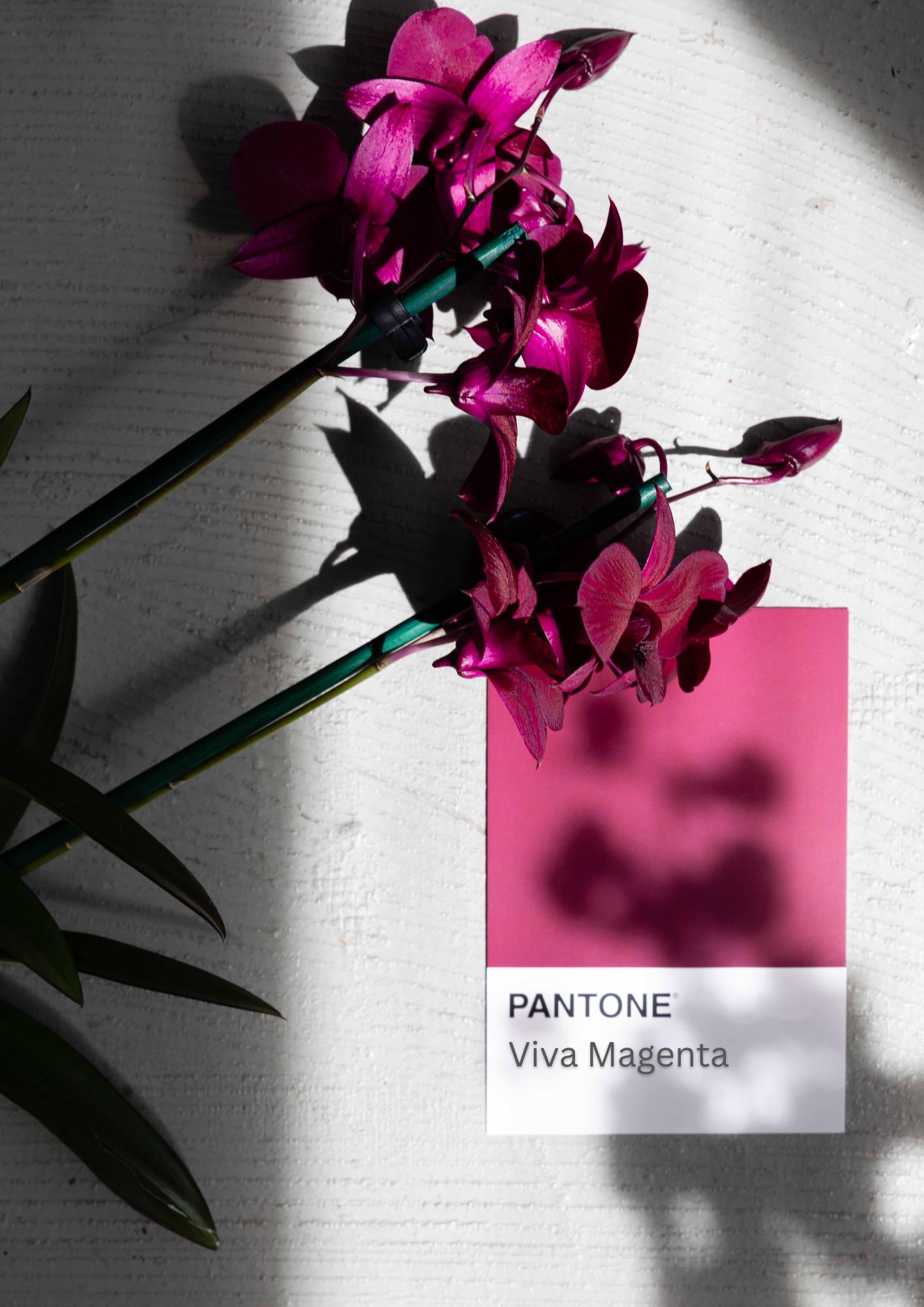There are so many different shapes and colours of orchids that this tropical plant is always a perfect addition to any interior. The fact that design and orchids go together perfectly is demonstrated once again at Cologne’s premier interior furniture fair. At the beginning of June, hundreds of orchids will be displayed in the iconic Design Post, during the international design fair IMM Cologne.
Design Post Keulen Spring Edition
The Design Post Cologne has stood for a unique showroom concept since 2006. International brands present themselves on more than 3,500 square metres and display current living and interior design trends all year round. In the inspiring exhibition, you can’t buy anything – instead, it’s all about inspiration and information. During the International Furniture Fair (IMM Spring Edition) from 04 to 07 June 2023, visitors will once again have the opportunity to discover the latest designs in interior design and exchange ideas in the historic industrial monument. Located opposite the fairgrounds in the cathedral city, the building will welcome guests this year with an impressive orchid installation.

Foto: Design Post
Orchid installation in the Design Post
Today, there are about 25,000 different orchids. Some of them are on display during the IMM Spring Edition in the orchid installation in the Design Post. The temporary artwork was designed by florist Susanne Schmitt, owner of Blumenhaus am Hofgarten in Düsseldorf, who is known for her unusual creations. For Cologne, she planted two trees with about 1,000 orchid plants and thin feather grass. Special garden orchids are also presented in planters by Italian manufacturer ETHIMO on the Design Post’s spacious terrace.

-

-

-
Foto: Susanne Schmitt
Orchids and art
Orchids are at home and popular in almost every climatic region on Earth. The Aztecs, for example, who ruled Central America from the 14th to 16th centuries, made stone reliefs for their temples with orchids as motifs. In Europe, the hype for the plants began in the 17th and 18th centuries. At that time, numerous explorers travelled to tropical and subtropical regions to find unknown species.
-

-

The image of the newly discovered, spectacular blossoms also quickly became popular in art and design in our country. They played a particularly important role in Art Nouveau, which was mainly concerned with the plant world and the dynamics of their growth. The shape can still often be seen on facades, paintings and tiles from that era. Many pieces of jewellery were also modelled after it. To this day, many design disciplines draw inspiration from the multifaceted plant world. Although nature is no longer depicted or imitated one-to-one in many works, it remains the starting point and source of inspiration for design.
-

-
Foto: international artist Isabelle van Zeijl
-

-
Foto: Blumenkünstler Azuma Makoto
Design Post Spring Edition will take place during IMM Cologne from 4 to 7 June. More information can be found at www.designpost.de.















































